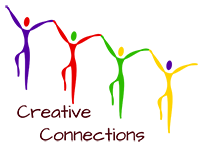Portuguese Lesson Plan
Scheme of work: Identity and Tradition
Age: 10-11
Timescale: 5 lessons of 60-90 minutes each
Country: Portugal
School: Frei Bartolomeu dos Martires
Conceptual framework
This project involves a sequence of lessons on art, identity and tradition. It will help pupils to identify their own thoughts and feelings related to the role of art and its function in society. It is designed to aid pupils to become aware of the power of a strong self-identity, both personally and nationally, through exploring traditions and for them to become reflective about their position as a European citizen.
Lesson 1
Timeframe 60 mins
Objectives
- To develop critical reflection on social issues using students’ life experiences,
- To enable pupils to reflect on the role of art and its function in society
Resources
- Paper,
- Pens,
- Drawing materials.
Activities
Introduce the concept that we each have a personal and European identity. Develop a discussion with pupils around key questions relating to this, whilst focusing on local issues and contemporary art.
Key questions might include:
- What does the word ‘art’ mean to you?
- What do you think art is for?
- What ideas, feelings and emotions can we express through art?
- What kind of words do you relate with your nation and Europe in contemporary society?
Ask the pupils to work in groups to discuss the questions, create a map of their discussion and then each group should feedback in turn to disseminate what they had talked about.
Make a display with the working documents.
Lesson 2
Timeframe (60-90mins)
Objectives
To promote dialogue between students on the concept of identity (personal and national through oral discussion and written reports
Resources
- Paper,
- Pens,
- Drawing materials
Activities
Develop the concept that we each have a personal and European identity with the whole class. Organise the pupils into groups and promote discussions and research around key questions relating to this, whilst focusing on the meaning of identity, and introducing the notion of National identity. Pupils might need access to computers and the Internet to research for facts and ideas.
Key questions might include:
- What is the meaning of the concept of identity?
- Who am I and how am I different from others?
- Who are we and how can we be characterised as a nation?
Encourage pupils to find a new fact about their national identity. Ask pupils to record their discussion through mind mapping before feeding back to the whole class.
Create a list with all of the pupils’ responses and display with work from the previous session.
Notes for Teachers
As an example of finding out a fact that pupils did not know before, one student in Portugal referred to the Portuguese President and said that he, unintentionally, hung the flag upside down during the celebrations of the 5th October (end of monarchy – beginning of republic). In fact, an upside down flag can be understood as a way of calling for the attention and help of foreign countries – an international symbol.
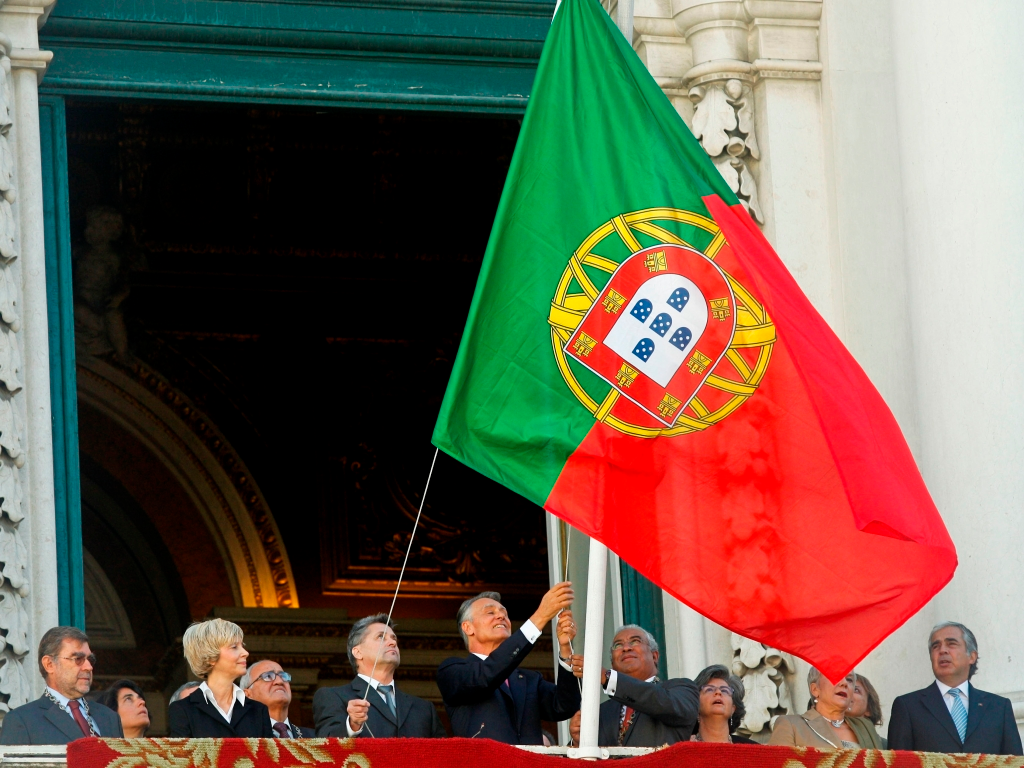
Lesson 3 (60- 90mins)
Objectives
- To develop critical artistic sense by analysing works of art,
- To recognise the concept of identity as expressed in works of art,
- To reflect on the role of art and its function in society.
Resources
- Interactive whiteboard connected to the Internet,
- Artwork Database from Creative Connections site.
Activities
Engage the pupils by revisiting their prior learning.
Explain that you will be viewing some contemporary art images and ask them to think about why you have chosen these pieces. What do they say? What do they have in common? What do they make you think about? Use the key questions to explore the images more deeply:
Key questions:
- What do you see in this image?
- Can you recognise the expression of identity in this work? In what way?
- What media or technique did the artist use?
- Why do you think they chose to make it in this way?
Record the pupils’ responses. The pupils choose one piece of artwork that they are particularly interested in and research further facts and images either for homework or in school.
Notes for Teachers
As an example of possible outcomes for this lesson, the teacher who trialled this activity gave no previous explanations about the images she asked the pupils to analyse, only the title of the work was supplied in some images. Some students’ comments about specified artworks are included here:
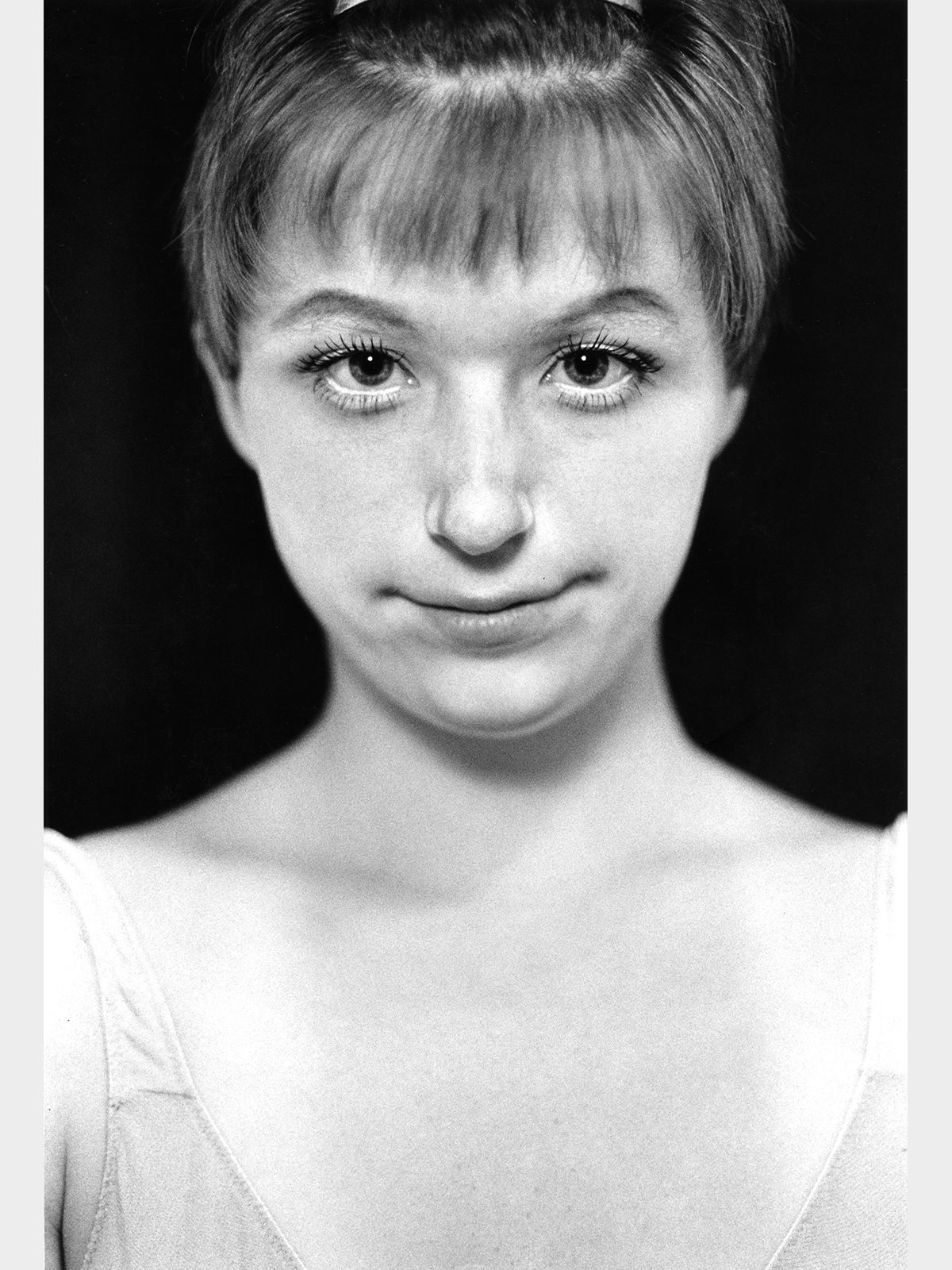
Image: “ Cindy Sherman | Untitled C | 1975 | Photograph | ENGLAND
“It is a photo of a young girl, she is looking at me, and it seems a dancer because of the dress she is wearing. This work talks about physical appearance.” (C.B., 10 years old,).
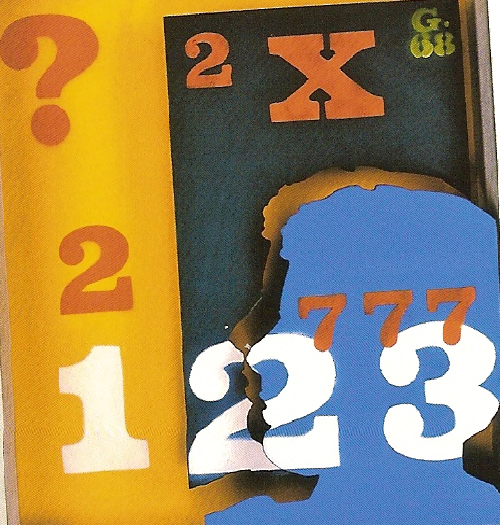
IMAGE: José de Guimarães | Self-portrait | 1968 | Acrylic on canvas | PORTUGAL
“It is a painting of a man in profile. I think he really likes math or writing, so he must be very smart. This work talks about personal tastes.” (C.M., 10 years old)
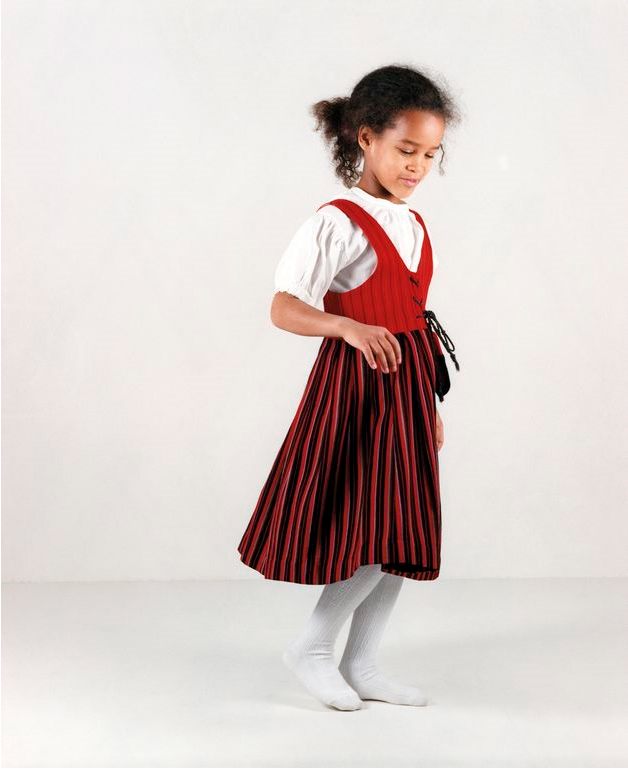
Image: Raakel Kuukka | Rebekka and the traditional Folk dress | Photograph | FINLAND
The title of this work was supplied to the students.
“I see a child with a beautiful dress and no shoes. She is dancing or walking. This work is a photo and talks about traditional clothes.” (J.G, 10 years old)
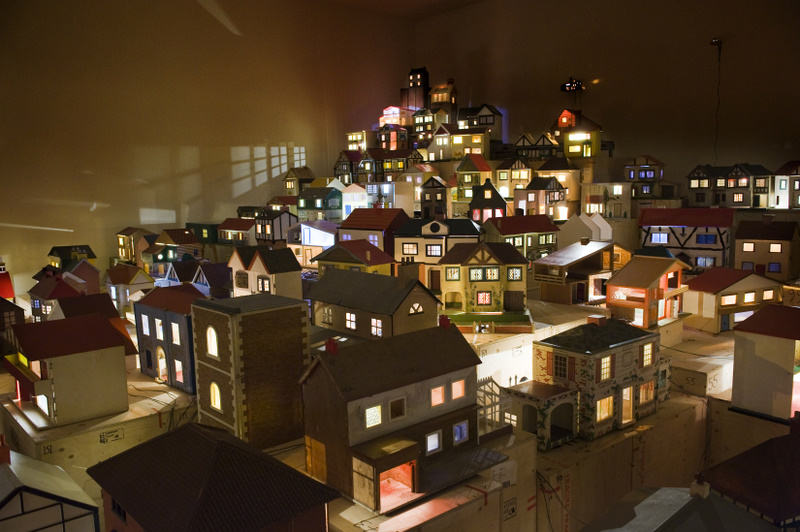
Image: Rachel Whiteread | Place (Village) | 2006-08 | Doll houses, crates, boxes, wood, electrical fixtures, and fittings, and electricity | ENGLAND
“I see a little village with many houses and lighted windows. It is not our city, Viana, because the houses are different. This work talks about the places were people live.” (M.P, 10 years old)
Lessons 4/5
Timeframe (180 mins)
Objectives
To explore the concept of personal identity through talk and visual arts
Resources
- Drawing and painting materials,
- Photography equipment,
- Large paper/board.
Activities
Set up a carousel of art activities and split the pupils into three groups so that they can have a turn at each activity.
Explain to pupils that they should try to show how they have been influenced by techniques, materials or ideas from the artwork that they were interested in from the last session. For example, they might want to incorporate some of the artist’s techniques or ideas into their own work.
Activity 1: Demonstrate cutting techniques using craft knives and scissors to enable pupils to create a silhouette self-portrait. http://silhouettesbyhand.com/2011/05/24/how-to-cut-your-own-silhouette-portrait-and-how-i-cut-my-silhouettes/
Activity 2: Encourage pupils to use different 2D media and techniques (e.g. drawing, collage and painting) to make a further self-portrait, which includes their first name.
Activity 3: Take one group at a time to make photographic self-portraits. Ask the pupils to upload these to the computer and then print the portraits. Using the printed image, they should then isolate the head and shoulders by cutting away the background with scissors. (They will use these later by incorporating them into a larger collage).
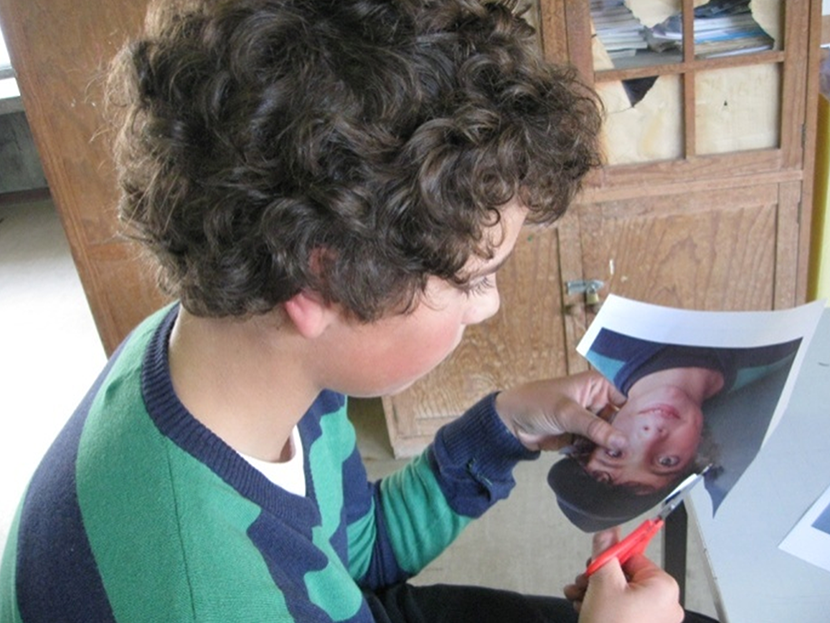
The pupils should complete all of these activities during the sessions so that they can then collate the three pieces of work into one self-portrait. They should be encouraged to add any further images that they think will explain their national and personal identity more clearly to the viewer.
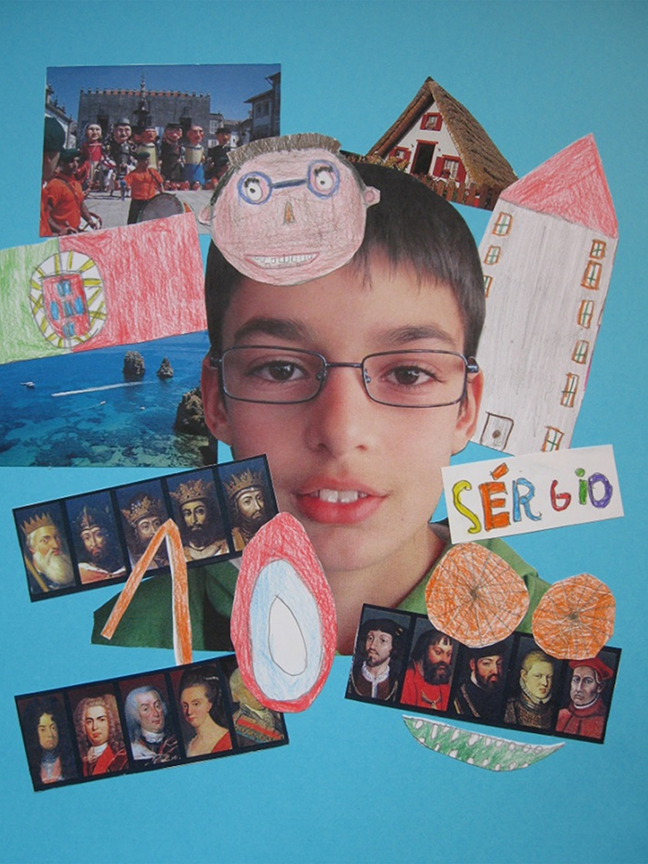
Collate all of the pupils’ individual works onto one board, or large sheet of paper, to create a collective wall panel.
Review the finished work with the whole class, asking them to engage in a critical analysis of their work.
